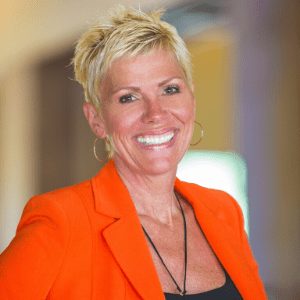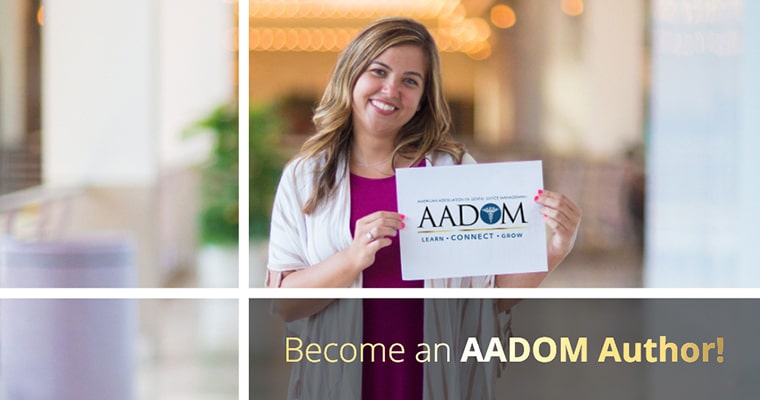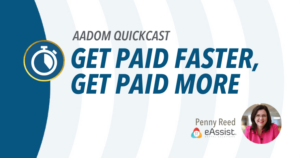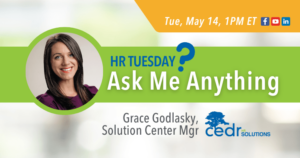Making False Assumptions

Making false assumptions run rampant and are often negative. Mary leaves at the end of the day without saying goodbye! I know what that meant! She must be upset! How do I know? Because I would never leave without saying goodbye – unless I was upset!
What happened here?
I judged her behavior and assigned meaning based on what it would mean if I exhibited that same behavior. Maybe, just maybe, Mary had an important appointment she was in a hurry to get to… or maybe she had a hot date!
Consider these other familiar interactions:
- A co-worker with whom you normally have lunch doesn’t make room for you to sit with them. Do you assume something must be wrong? In their reality, they likely assume that you would have asked them to make room or would have made room for yourself if you wanted to join them.
- A co-worker asks you to do something in a different way. You’ve tried it that way before, and it didn’t work. Do you refuse?
- You have an encounter with a brother, sister, parent, child, or spouse where there is a disagreement because of a difference of opinion. Of course, you believe you are right, and they are wrong!
We have surely all experienced scenarios like these! They are all examples of making false assumptions based on our personal truths.
Making false assumptions
Making false assumptions based on our personal truths are the number one breakdown in communication.
When we interact with others, we are always coming from a place that is dominated by our own experiences.
Our expectations differ because of our unique and individual beliefs, opinions, and assumptions based on our experiences.
These expectations become our personal truths upon which we base judgments of right and wrong. Think B.O.A.T. – Beliefs, Opinions, Assumptions become our Truths.
We all have unique and individual experiences, yet we expect each other to think, act, and respond in the same way that we would.
These false assumptions get us into trouble when we think others must behave in the same manner as we do, or their behavior is wrong. We think others must believe what we believe, or they are wrong.
Once we understand that our personal truths, how we judge the world, and what we believe to be right and wrong are based on the unique and individual experiences we have, we can no longer believe that our answer is the only right answer.
How do you deal with false assumptions?
It is important to understand and respect other personal truths to communicate effectively. Here is a three-letter word that will resolve 90% of your communication problems: ASK!
When you get that twinge in your gut, and you think, “Hmmm…I wonder what they meant by that?” or you find yourself saying, “I think they meant this” – you don’t know!
Stop yourself immediately from wondering and speculating, and ASK! You will be surprised how many of your initial beliefs, opinions, and assumptions are incorrect once you hear their intent.
Once you ask, actually listen to them with an open mind. Let them share why they feel the way they do or did something a certain way.
We have to stop judging with a mindset of right or wrong. Some things may seem 100% right to you, and to me, they may seem 100% wrong. Who’s right?
The reality is that in many cases, there is no right or wrong. Our judgment is based on our past experiences.
If something I experienced in my past was positive, I will believe it will be positive again. Another person may have had the same experience, but it was negative. They will assume it will be negative again. Therefore, if we both described the same situation, it would differ greatly.
Let me give you another example:
I went on a hot air balloon ride in Napa Valley when I turned 50. It was a gorgeous day, and I did not want it to end. I look forward to going again someday.
Another friend of mine went on a hot air balloon ride, the weather was terrible, and the flying was scary. She has no desire to ever go on another hot air balloon ride again.
I think balloon rides are awesome; she thinks they are awful. Who is right, and who is wrong? See what I mean?
How to avoid false assumptions at work
In your dental office, one team member may have had a good experience doing something a certain way while another did not. It is important for them to come to an agreement to create a consistent process, system, or protocol.
They can start by sharing their personal truths about the experience. They must listen openly to each other and agree on an answer or solution that works for both.
To come to an agreement, we need to understand it will never be perfect for anyone but can be good or effective for everyone. If we want our version of perfection, we would have to work alone!
It is important that we, as individuals, make a personal commitment to be open, respectful, and understanding of each other’s personal truths. This is what enables us to communicate and interact effectively with others.
Our success depends greatly on how well we communicate in our personal and professional lives. When we communicate openly, positively, and effectively, we inspire connections and build sincere, strong, sustaining relationships. Our ceiling for success is instantly raised, and the sky’s the limit.
Meet the Author
 Judy Kay Mausolf is a dental practice management coach, dental speaker, and author with expertise in helping others get happier and more successful!
Judy Kay Mausolf is a dental practice management coach, dental speaker, and author with expertise in helping others get happier and more successful!
She coaches dentists and their teams on how to become better leaders, work together better, and deliver service with more passion and fun, which ultimately results in growing their practice.
She is Past President of National Speakers Association (Minnesota Chapter), Director of Sponsoring Partners for the Speaking Consulting Network, and a member of the National Speakers Association and Academy of Dental Management Consultants… This text opens a new tab to the ADMC website….
She is the author of two books; Ta-Dah! and Rise & Shine!, and a contributing author for many dental magazines. She also publishes a monthly newsletter entitled “Show Your Shine.”
Judy Kay lives in MN with her awesome husband, Steve, who makes her special coffee every morning, and Zoe… it’s all about me, 7-pound Yorkie!
Get to know Judy Kay more on her website: www.PracticeSolutionsInc.net… This text opens a new tab to her official website….








